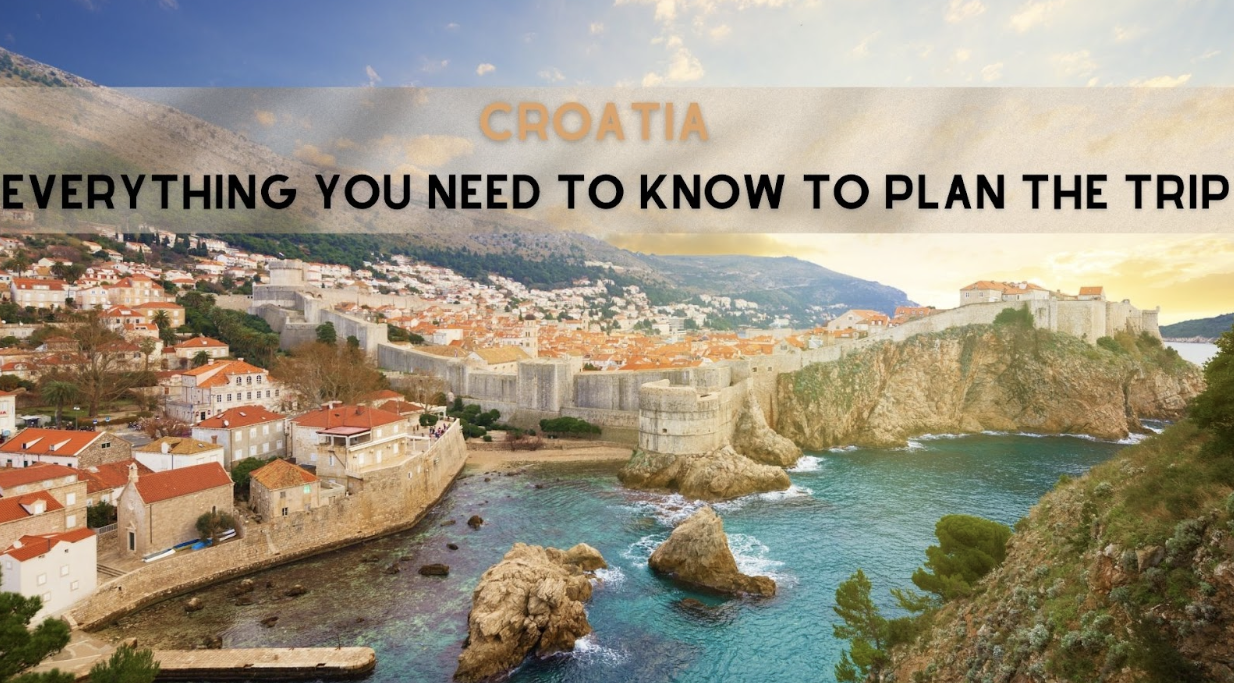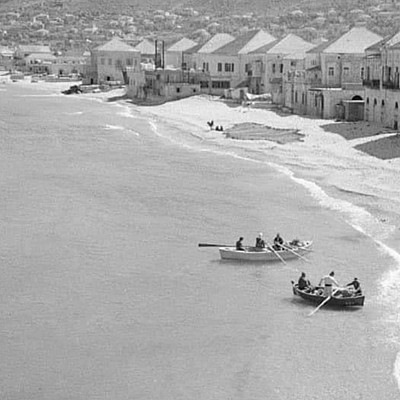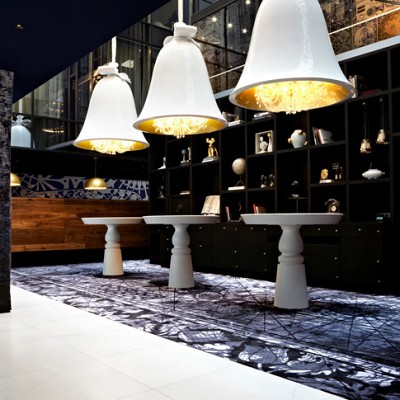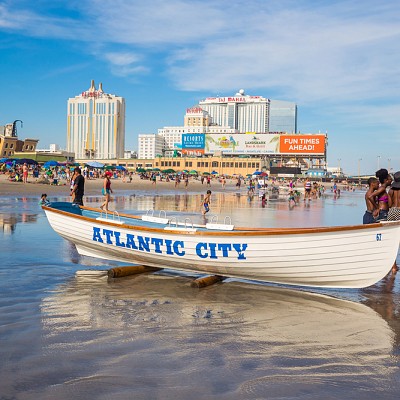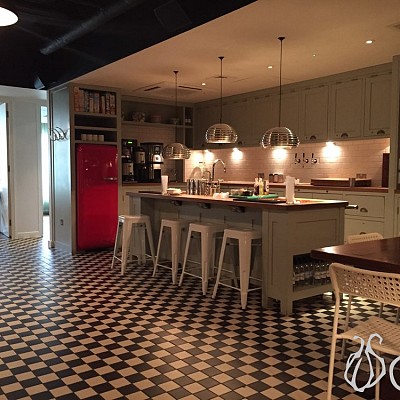Planning an amazing trip to Croatia is now easier with this handy guide. The guide covers everything - top destinations like beaches, old towns, and parks. It also covers getting around, finding places to stay, good food to try, fun activities, money-saving tips, and packing tips. Whether traveling solo, with a partner, or with family, use this guide to explore beautiful Croatia and its islands along the Adriatic Sea.
The Allure of Croatia
Croatia has many beautiful islands with olive groves, cypress trees, and vineyards. You can relax along the pretty coastline. There are old medieval cities like Dubrovnik to explore. These cities have well-preserved buildings and big fortresses overlooking the sea. Inland, Plitvice Lakes National Park has amazing waterfalls and blue-green lakes surrounded by lush forests. There are also ancient Roman ruins scattered across Croatia.
You can enjoy delicious Mediterranean and Balkan food in lively cafes and restaurants. Taste fresh seafood, local wines, and specialty cheeses. There are many opportunities for adventure in Croatia too. Sail along the coast, stopping to swim near islands and towns. Hike mountain ranges with great views of the sea and valleys. With so much to do, Croatia offers discoveries everywhere!
For an easy way to see top attractions, a Croatia vacation package is a good option. These pre-planned trips let you experience Croatia's nature and culture without handling all the travel planning yourself. A Croatia vacation package helps you make the most of your time there. It gives an efficient way to experience Croatia's diverse landscapes, food, and captivating culture. With a package, you can relax and soak up Croatia's magic!
Must-See Attractions
Dubrovnik’s City Walls & Forts
No trip to Croatia is complete without exploring Dubrovnik and walking its iconic city walls. These city walls were built in the 1200s. They have been very well preserved. The walls run for almost 2 kilometers without any breaks. They go all around the old part of the town. Enjoy stunning vistas of terracotta rooftops, the Adriatic sea, and distant islands from the walls.
Make sure to visit the large, impressive forts that protect the city. One is Fort Lovrijenac, built in the 1400s. It has beautiful views of the coast from the top of the walls. Fort Bokar is another must-see medieval fortification built to safeguard Dubrovnik's port.
Diocletian’s Palace in Split
Built for the retired Roman emperor Diocletian in the 4th century AD, this sprawling palace complex covers over 30,000 square meters and is where the city of Split came into existence. Wander through the labyrinth of marble walkways lined with shops and restaurants, and admire the Peristyle courtyard with ornate granite columns and imposing sphinxes.
Descend into the underground cellars that once served as ancient storage rooms. Don't miss the Temple of Jupiter with its headless black sphinx statue. Of course, make time to tour the Cathedral of Saint Domnius, built from the emperor's mausoleum. End your visit bathed in the palace's magical golden hues during sunset.
Plitvice Lakes National Park
No other landscape in Croatia can match the pristine natural beauty of Plitvice Lakes National Park. Lose yourself amidst dense forests, thundering waterfalls, and 16 emerald-colored lakes linked by cascades and set over travertine limestone formations. There are kilometers of wooden walkways and hiking trails that wind across and around the lakes and waterfalls.
Take a boat ride across Lake Kozjak for panoramic views. Stay at one of the lodges like the historic Bellevue Hotel to fully soak in Plitvice's magic. Don't miss sampling traditional cuisine like čobanac lamb stew and trying Rakija liquor at the restaurant.
Klis Fortress
Strategically located to guard Split, this imposing fortress is built into a limestone bluff with parts dating back to the medieval era. Tour the fort to see ruins of old chapels, water cisterns, and medieval artifacts. The sweeping views of Klis Valley leading into Split from the fortress walls are spellbinding, especially at sunset when the valley is bathed in golden light. Tour the Duke's Palace built in the 16th century by Petar Kružić. Don't miss the Museum of Croatian War of Independence located within the fortress.
Zlatni Rat Beach
Famed for its golden pebble beach that changes shape and direction with the wind, Zlatni Rat is easily one of Croatia's most photographic spots. Relax on the clear watered shores against a backdrop of verdant pine trees on the island of Brač. Try windsurfing, kayaking or open water swimming. Hike to the nearby Blaca Hermitage. Enjoy chilled drinks at the beach bars like Zlatni Rat Beach Club. Take Instagrammable photos atop the Vidilica viewpoint overlooking the beach.
Cathedral of St. Domnius
Step into the past at this impressive octagonal cathedral built in the late 4th century as the palace mausoleum of Diocletian. Gaze at the remarkable bronze doors boasting 28 panels depicting Biblical scenes. Don’t miss the striking bell tower offering panoramic views of Split.
Euphrasian Basilica
Declared a UNESCO World Heritage Site, this 6th-century basilica is a stunning example of Byzantine architecture. Admire brightly colored frescoes, ornate capitals, and the main altar built of marble, alabaster, and glass paste. Don’t miss the bishop’s throne and stunning mosaics including one of Jesus Christ.
Roman Amphitheater in Pula
One of the best preserved Roman amphitheaters, this 1st-century oval structure could seat over 20,000 spectators. Explore the underground chambers that once housed gladiators and wild beasts before fights. During summer, concerts and films are hosted here, so you can experience the arena’s incredible acoustics.
Best Time to Visit Croatia
- Late Spring (May-June) - This is considered one of the best times to visit Croatia. The weather is mild and sunny, with temperatures in the low to mid 20s Celsius. Attractions are less crowded than in peak summer. Accommodation prices are lower.
- Early Fall (September-October) - Another good option, with warm sunny weather and fewer crowds. Prices drop after August but attractions are still open. The sea is warm for swimming through October. Great for hiking and harvest festivals.
- Summer (July-August) - The most popular time due to Croatia's beach appeal. Expect crowds, higher prices, and hotter weather with temps in the 30s Celsius. Better to visit the coast earlier to beat the crowds.
- Winter (November-March) - Low season, so cheaper prices. The coast is quiet while Zagreb has Christmas markets. Winter weather limits island ferry routes and some hotels close. Best for city breaks.
- Shoulder Seasons (April, May, October) - Mild weather and fewer tourists. A good compromise to avoid peak summer crowds but still enjoy nice weather and open attractions.
Late spring and early fall allow you to enjoy Croatia's allure at optimal weather while missing the crowds and heat of summer.
Planning Your Croatian Adventure
Activities to Indulge In
From sailing, scuba diving, cycling, rafting and kayaking along the coast to hiking, caving, and climbing inland - Croatia guarantees an adventurous time. Go island-hopping or pub-crawling in Hvar, try windsurfing in Bol, and explore the Cetina River canyon. Croatia’s national parks allow hiking, rock climbing, and mountain biking.
Insider Tips
Avoid crowds in Dubrovnik during summer and opt for shoulder seasons. Split is best experienced at night when Diocletian's Palace comes alive. For cheaper rates, avoid hotels and rent apartments instead. Hiring a car is recommended to fully experience coastal towns and national parks. Trying local spirits like rakija and sampling fresh oysters, mussels, and seafood are a must.
Getting Around
Buses connect most cities and towns conveniently and cheaply. There are great deals on coastal ferries hopping between islands. For ultimate flexibility, rent a car to explore at your pace. Taxis are affordable for shorter trips within cities. Consider sailing charters for island-hopping along the coast. Also check for bike and scooter rentals.
Visa and Entry Requirements
Croatia is part of the Schengen Zone. Visitors from the USA, UK, EU, Canada and Australia can enter Croatia visa-free for stays under 90 days in an 180 day period. Ensure your passport is valid for at least 3 months beyond the entry date and has at least 2 blank pages. No vaccinations are mandatory but recommended.
Budgeting Your Trip
Croatia is relatively affordable for travelers on a budget. Hostel dorms cost about 150 HRK/night, simple meals are 50 HRK, daily transport expenses around 100 HRK. Museums, parks and churches have student discounts. Off-season travel and avoiding luxury experiences helps lower costs. On average, plan for 800-1200 HRK per day excluding accommodation.
Traveling with Kids
Croatia is very family-friendly. With numerous beaches, outdoor activities, amazing seafood, and kid-friendly attractions like Diocletian’s Palace, the experience will engage young travelers. Choose a base close to parks and promenades. Rent family rooms, apartments or villas with self-catering. Opt for smaller towns over busy cities.
Road Trips
Some of the best routes to experience coastal Croatia include a trip along the Istria Peninsula with stops at Pula, Rovinj, Poreč, and Motovun. The Adriatic Highway from Zadar to Dubrovnik is dotted with coastal towns like Šibenik and Split. For a two week road trip, do a loop from Zagreb covering Plitvice Lakes, Zadar, Split, Hvar and returning via Slavonia.
Frequently Asked Questions
When is the best time to visit Croatia?
Spring and fall for pleasant weather without excessive crowds
Summer for sunbathing and water sports but expect hordes of tourists
Winter for fewer people and lower prices but many attractions are closed
Do you need a visa to visit Croatia?
Citizens of the EU, USA, Canada, Australia and many other countries can enter Croatia without a visa for stays under 90 days. Those requiring visas should apply at the Croatian embassy for a Schengen visa.
What are the top things to do in Croatia?
Must-do activities include walking Dubrovnik's walls, island hopping along the Adriatic coast, marveling at Diocletian’s Palace in Split, admiring Plitvice Lakes, and enjoying the beach life on Brač island.
Start Planning Your Croatian Holiday
With its rich heritage, beautiful landscapes, and island-speckled coastline, Croatia promises an unforgettable experience. Follow this guide to decide when to visit, where to go, how to get around, and what to do in this charming Mediterranean destination. Let the travel planning begin!


















